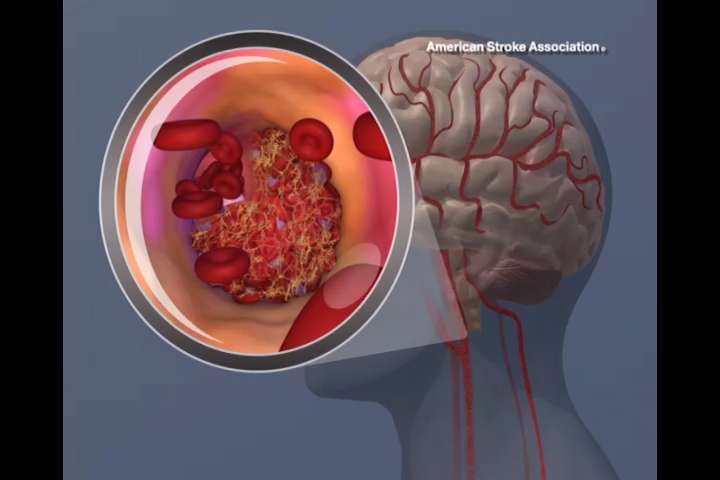

Ever since the coronavirus became a wide-spread global pandemic, medical researchers have sought to understand how the virus impacts other medical ailments, especially neurological ones. In early 2020, New York’s Mount Sinai Hospital reported that five younger patients stricken with COVID-19 experienced strokes after their diagnosis. This worrying report led researchers to fear that the virus could lead to an increase of stroke risk even in patients with no history of vascular disease, like high blood pressure, diabetes or smoking. In the latest most comprehensive study of this correlation, researchers found a definite increase in stroke incidence among younger patients as compared to a similar age-group prior to the onset of the coronavirus pandemic.
Professor Ronen Leker at the Hebrew University of Jerusalem contributed to this research, published in Stroke, along with 89 researchers from 136 academic institutions around the world. The study analyzed data from patients who tested positive for the coronavirus after they had been hospitalized for stroke and other serious brain events. The researchers analyzed whether there were differences in the MRIs of patient after contracting COVID-19 and after the onset of their stroke. The researchers also examined whether there were geographic factors that impacted the severity of the stroke.
Of the 136 different medical centers in 32 countries, at least 71 reported a patient who had a stroke during their hospitalization for coronavirus or shortly thereafter. Of the 432 patients, 323 (74.8%) had acute ischemic stroke, 91 (21.1%) intracranial hemorrhage, and 18 (4.2%) cerebral venous or sinus thrombosis. Most troubling was the high occurrence of ischemic strokes in younger patients with no known existence of the types of ‘classical’ risk factors that contribute to the onset of stroke.
Of the 380 patients who were known to have experienced strokes alongside COVID-19, close to 38 percent (144 patients) had no recognizable symptoms from the virus, such as cough, fever; the diagnosis came only after they were admitted to the hospital for stroke.
Source: Read Full Article